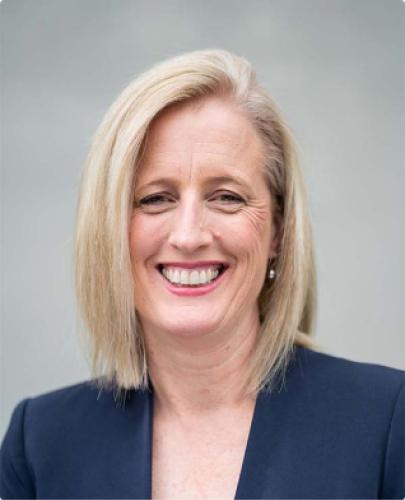OP ED - As I consider the Intergenerational Report, I look forward to the challenges ahead - The West Australian
Cast your mind forward 40 years. It’s almost impossible to imagine the future when change is happening at such a frantic pace right now.
But every few years, the Australian Government releases a report which examines what Australia will look like in 40 years time — the Intergenerational Report. This report helps us tackle challenges and meet opportunities head on.
Those opportunities foreshadowed by the report include more jobs in STEM fields — including renewable energy, and an increase in the more formal care economy — i.e. more of us being looked after by aged care workers.
As minister for finance but also for women — I look at all these challenges with an optimistic eye, particularly when it comes to what the future of Australia’s economy and employment landscape looks like for women and girls.
A couple of big things jump out at me after reading this report — and all of them will require us to shift the dial now on gender equality.
After all — what we do now sets the course for the next forty years.
As I visit Perth on Monday — I am reminded of how healthy the resources sector is in this great state — and how many people it employs. And the resources sector in WA is a key enabler to get us on the path to net zero by 2050.
We want to make the choice easier for women and girls to have careers in mining, technology, science and renewables — areas that have been traditionally male-dominated.
According to the Intergenerational Report, we’ll see a rise in new skills and jobs in mining and manufacturing in response to climate change and new technology.
Women should be given equal opportunities take up these exciting job opportunities and enjoy on the benefits they provide.
The renewables evolution is on the rise. Renewable energy employment in Australia increased 120 per cent between 2009–10 and 2018–19, with rooftop solar PV systems comprising nearly half of 2018–19 employment.
But many women continue to face barriers to finding a job or working the hours they would prefer. A key barrier is unpaid work and caring responsibilities, particularly for women with young children.
We know companies and the public sector are working to change their cultures and environments. But there is also work to be done in improving infrastructure for women in the workplace — including the right facilities, uniforms and PPE that are fit for women.
There is also the need to provide workplaces free of safety and harassment. Right now, too many women do not feel safe at work.
Now — and in 40 years time, we want women and girls to feel safe at work — no matter where they work, and the Albanese Government is doing important policy work to help end violence against women and girls.
And of course, we need to provide flexibility and supportive environments for workers who also have caring responsibilities.
These are all things that companies need to play a role in providing — in order to attract and retain a workforce that is diverse and committed and to ensure that women can access the work opportunities that come with our transition to a low carbon economy.
Then there is our very important caring economy.
The first thing that is clear from reading the Intergenerational Report is that we are an aging population that will require more formal aged care in the future.
According to the report, the Australian population will require more care services as it ages, with the number of people aged 85 years and over tripling over the next 40 years.
That’s a lot of people to care for — and we need to start planning for this workforce now.
The Albanese Government recognises the value of care work.
Recently aged care workers received a 15 per cent pay increase at the Fair Work Commission — a measure we funded in the May Budget.
The Albanese Government is invested in ensuring that care workers are fairly remunerated. And just like jobs in STEM, we want it to be a viable career path for both men and women.
The Intergenerational Report is a gift to policymakers, employers, the public service — and all of us wanting to make Australia the best place it can be for our children.
I’m excited about what the future holds — and what we can do now to make a difference for the lives of future generations.
